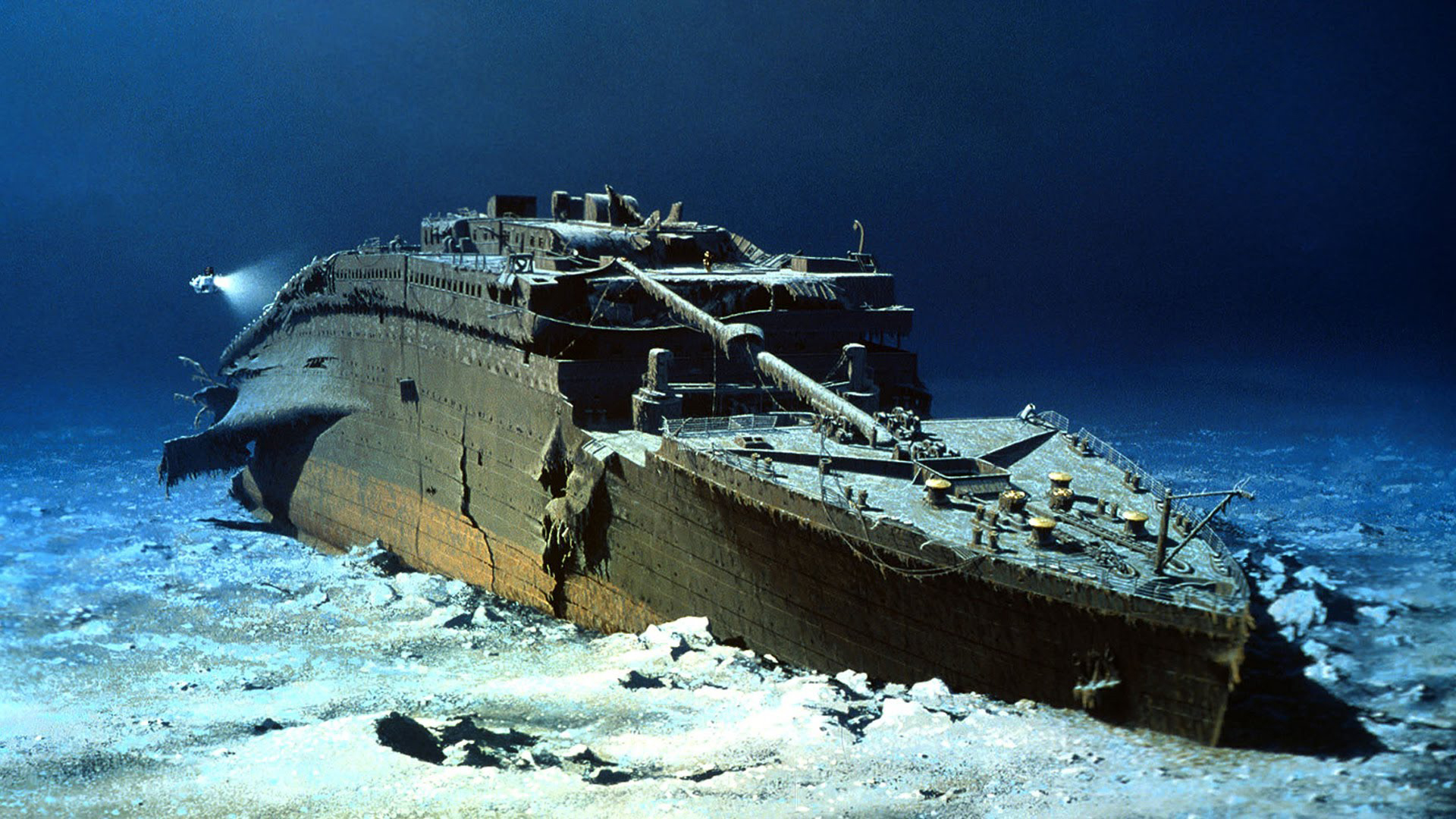 NORFOLK, Va. — The company that has exclusive rights to salvage the Titanic is planning a possible expedition to the world's most famous shipwreck in 2010.
NORFOLK, Va. — The company that has exclusive rights to salvage the Titanic is planning a possible expedition to the world's most famous shipwreck in 2010.
The first expedition to the North Atlantic wreck site since 2004 is revealed in a filing by RMS Titanic Inc. in U.S. District Court, where four days of hearings are scheduled to begin Monday on the company's claim for a salvage award.
Lawyers for RMS Titanic Inc. confirmed the expedition plans but declined to discuss them in detail.
The Titanic sank on its maiden voyage in international waters on April 15, 1912, and has been subject to competing legal claims since an international team led by oceanographer Robert Ballard found it in 1985. Since then, RMS Titanic has retrieved artifacts during six dives.
(Image credit: astrosurf.com)





















